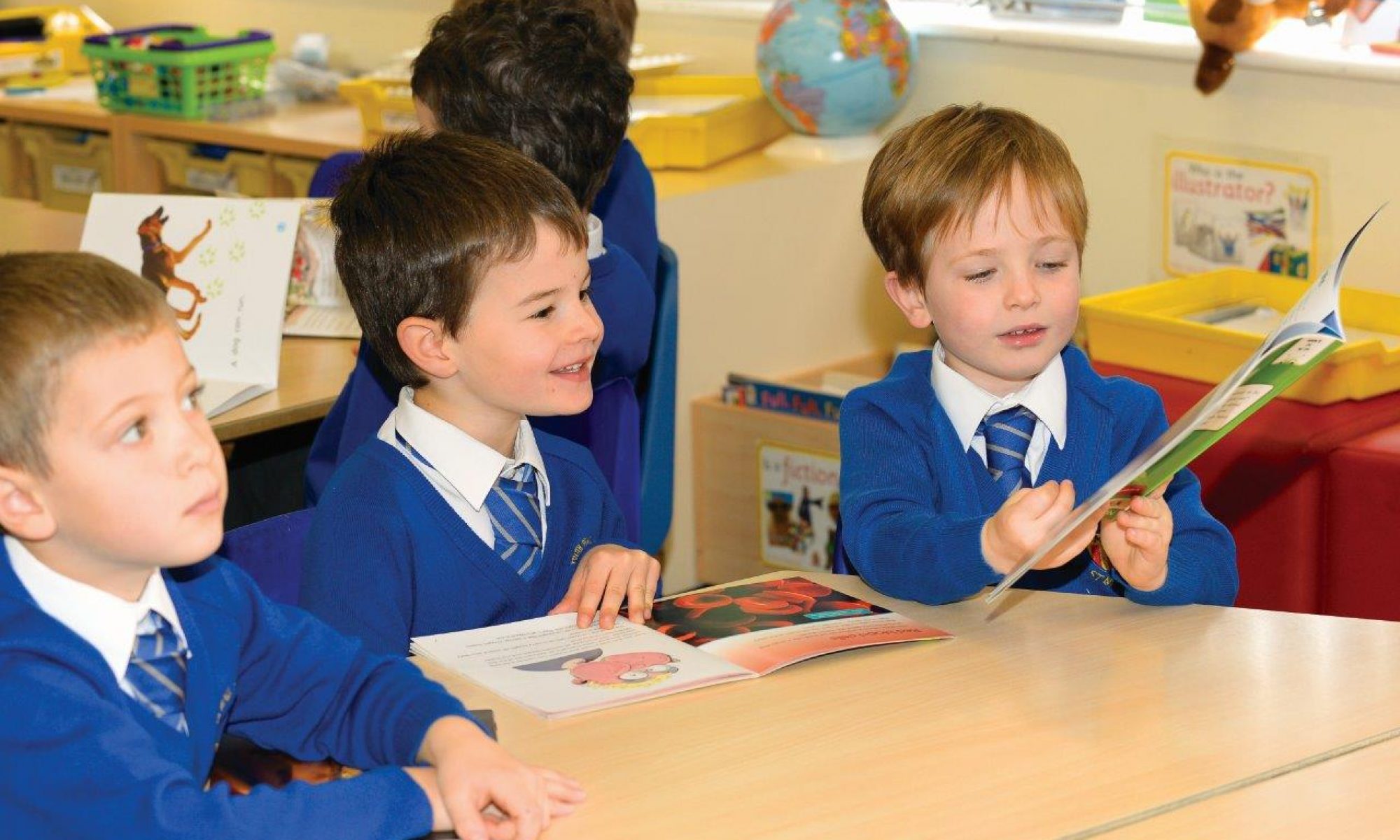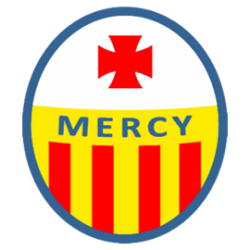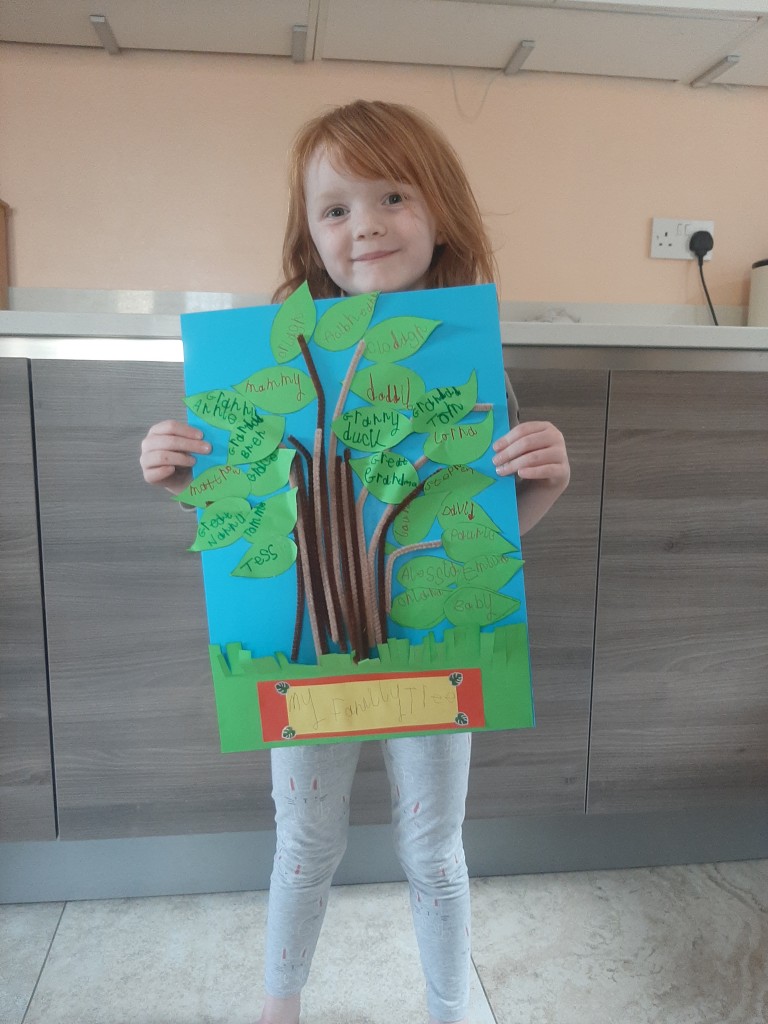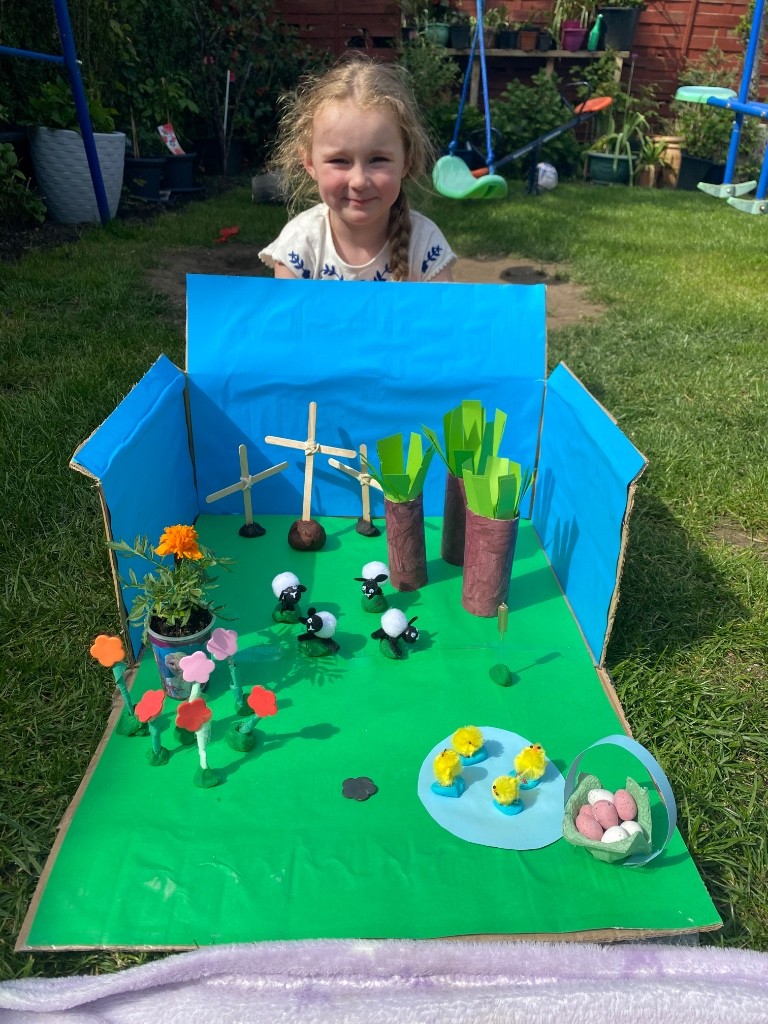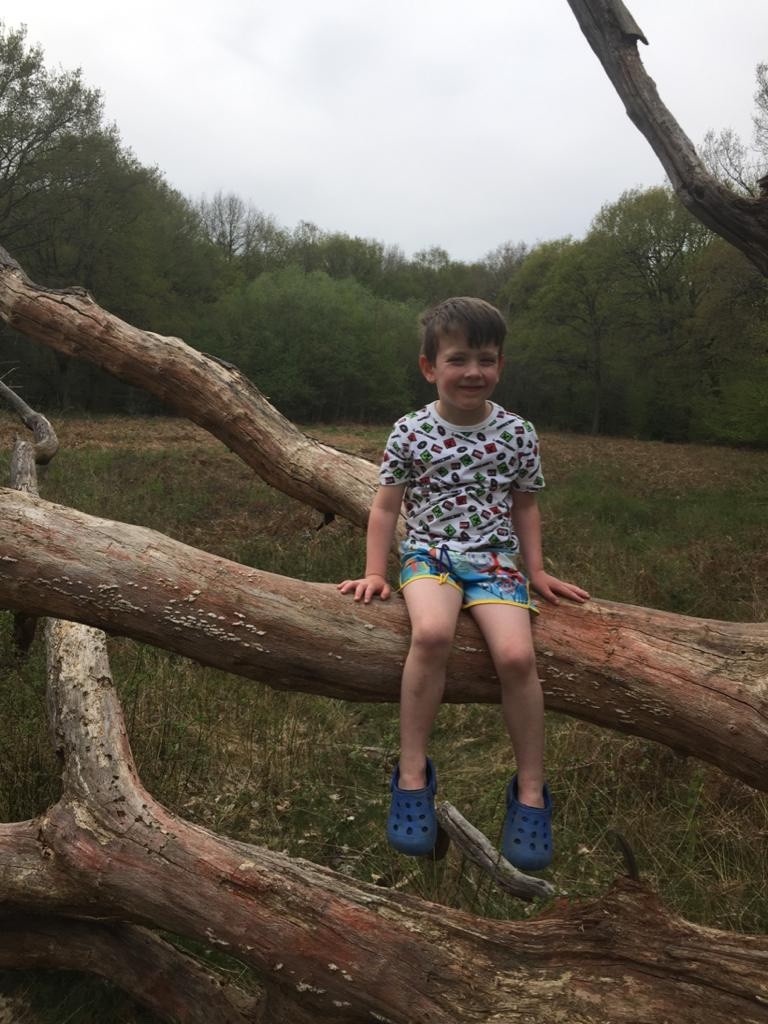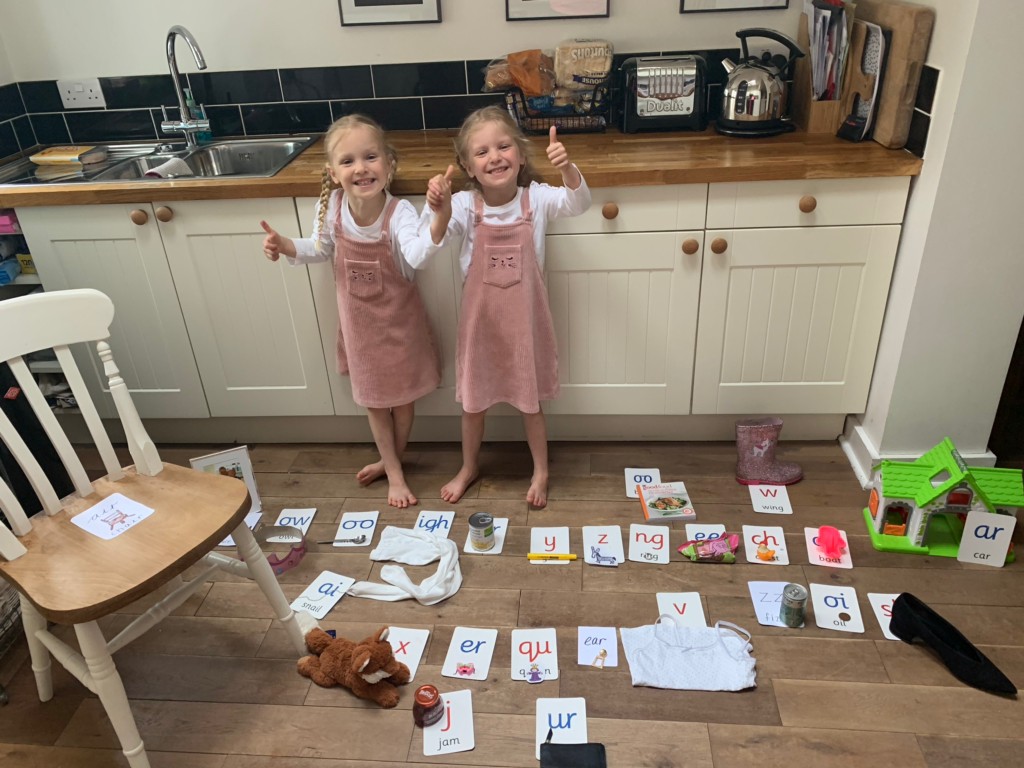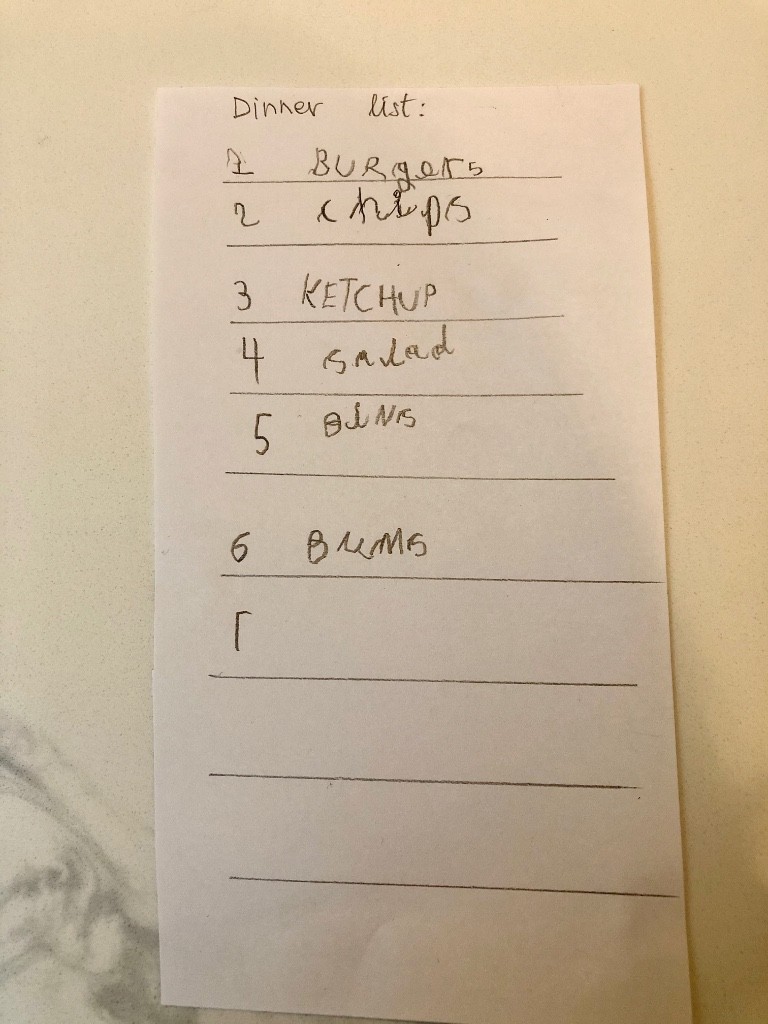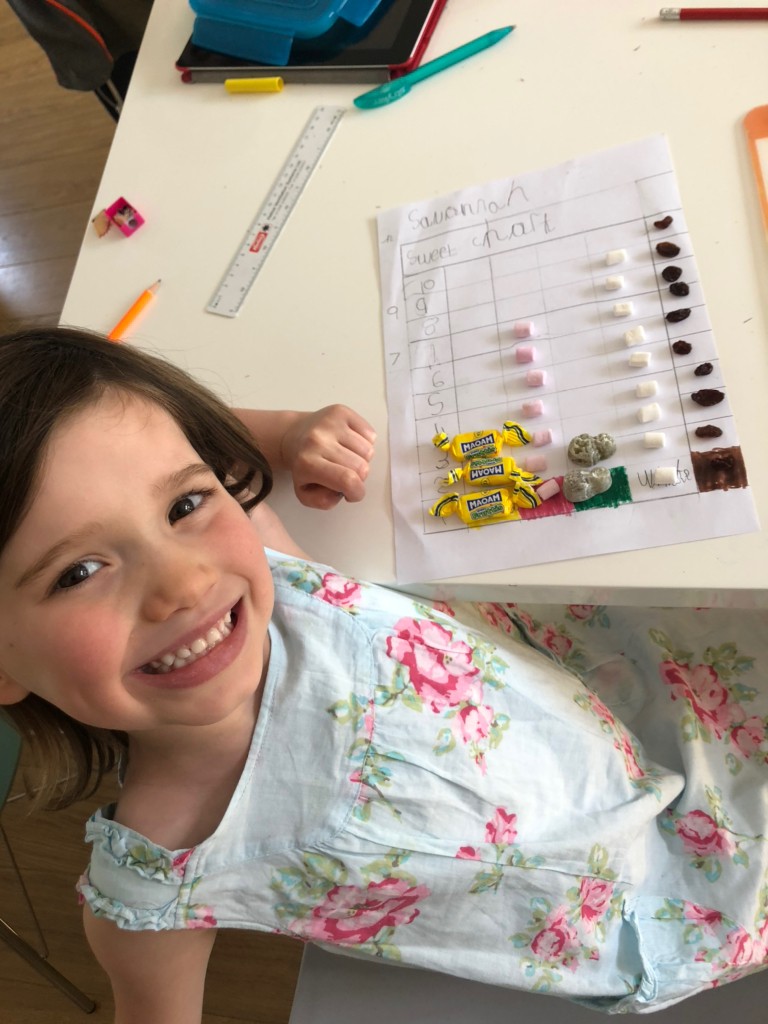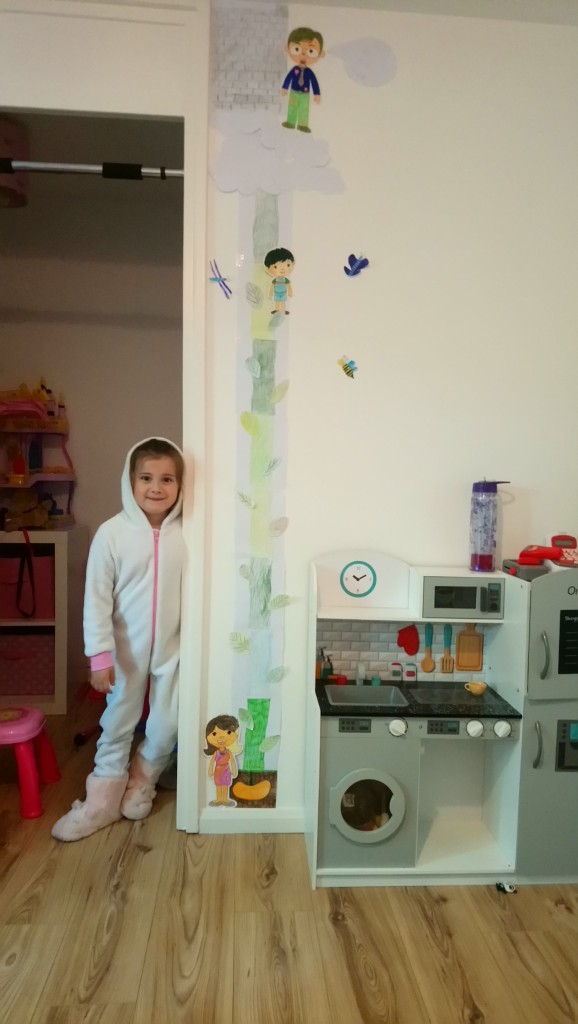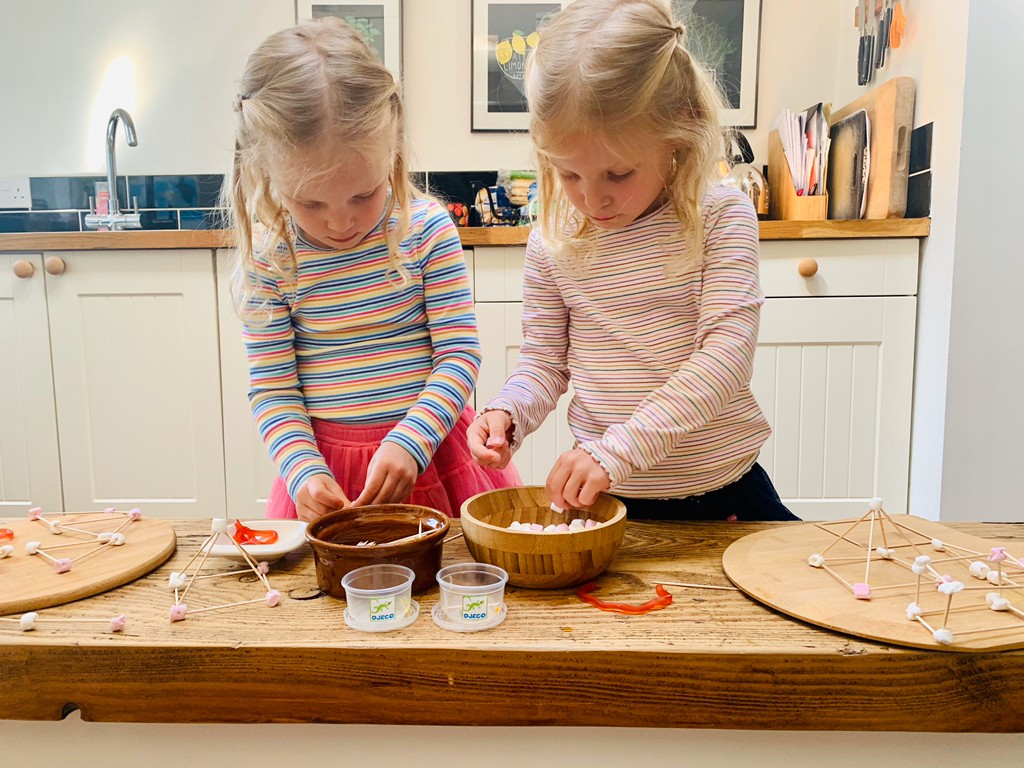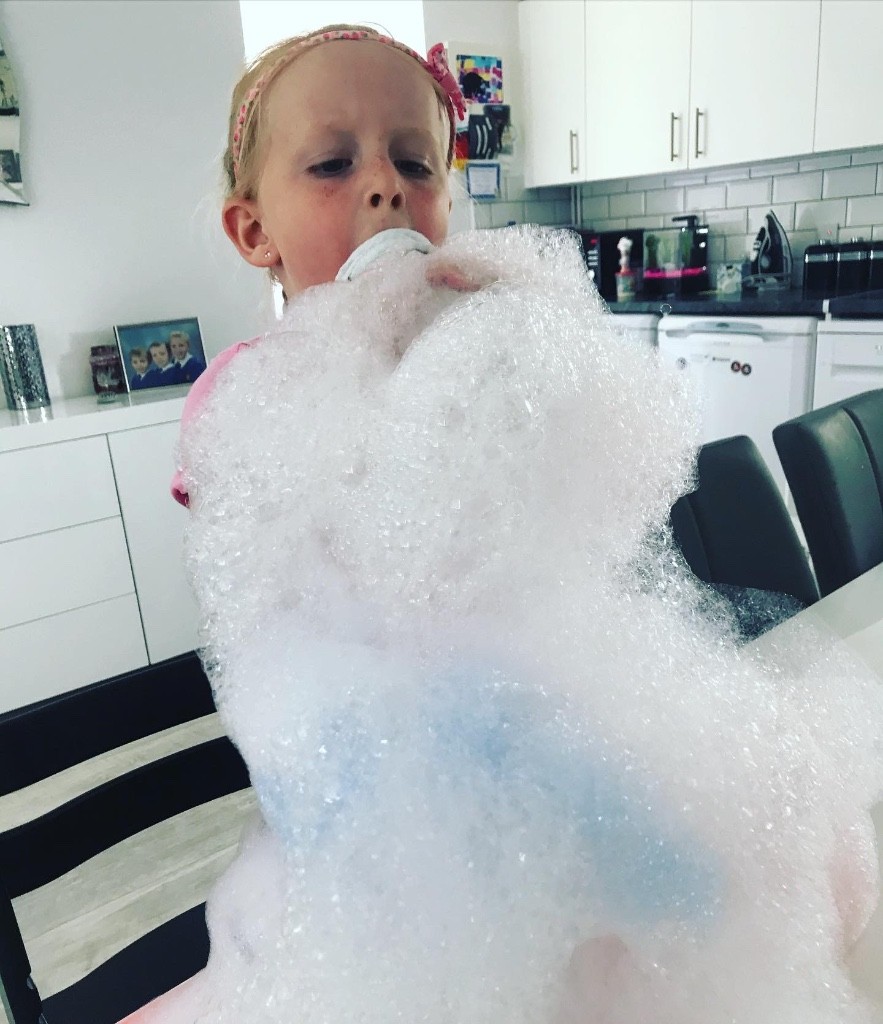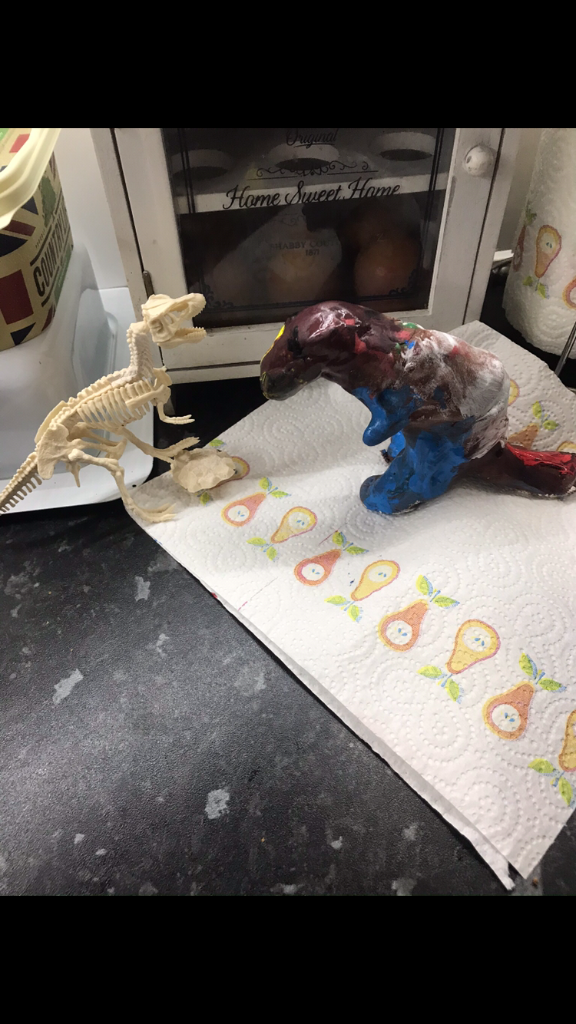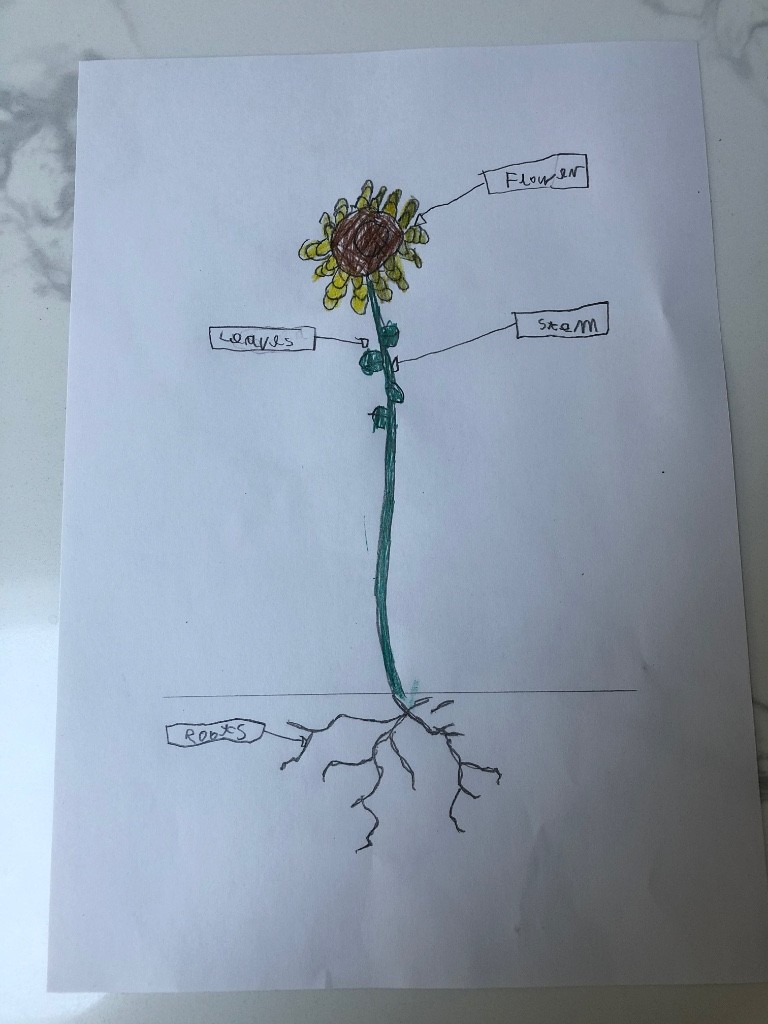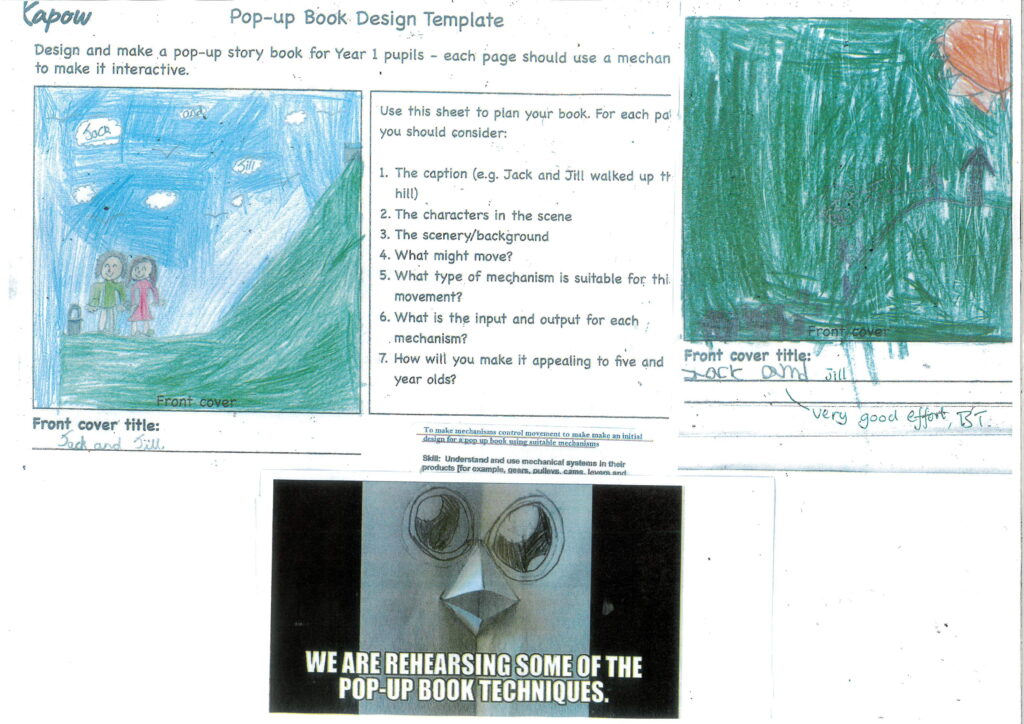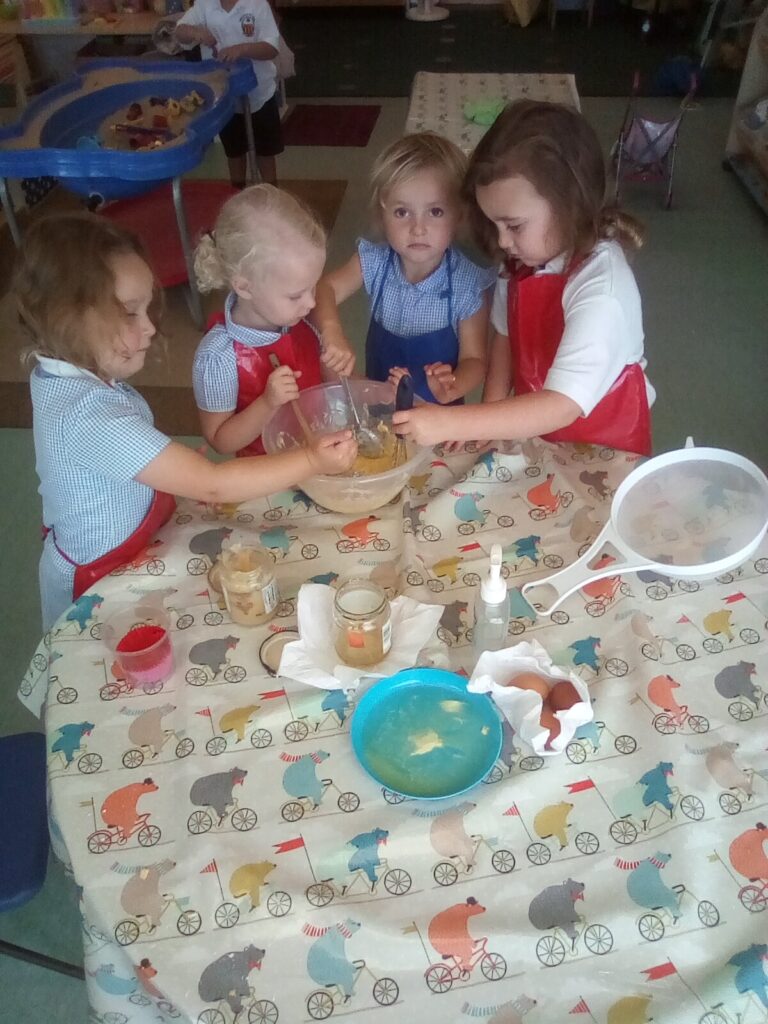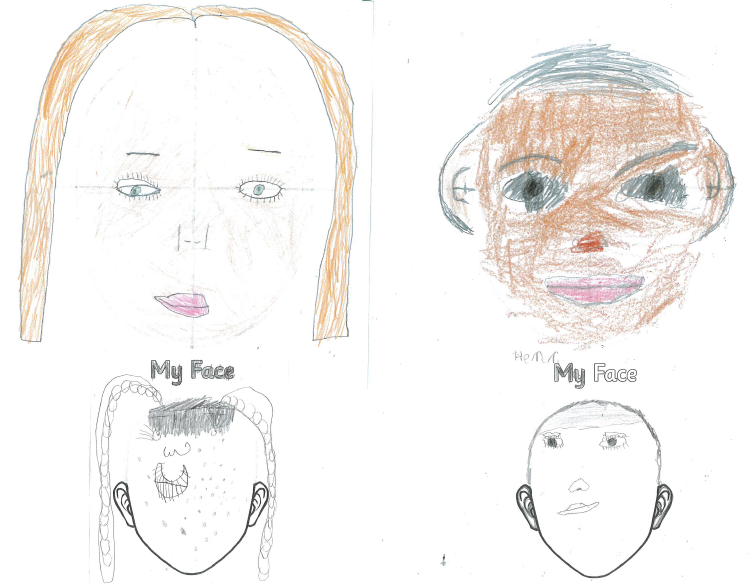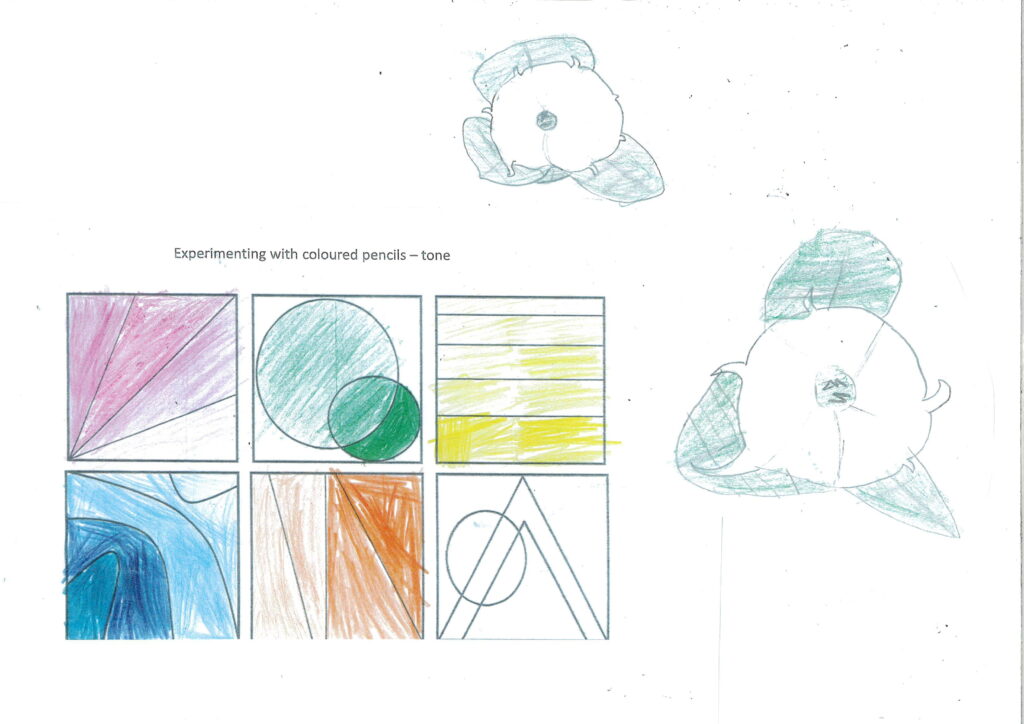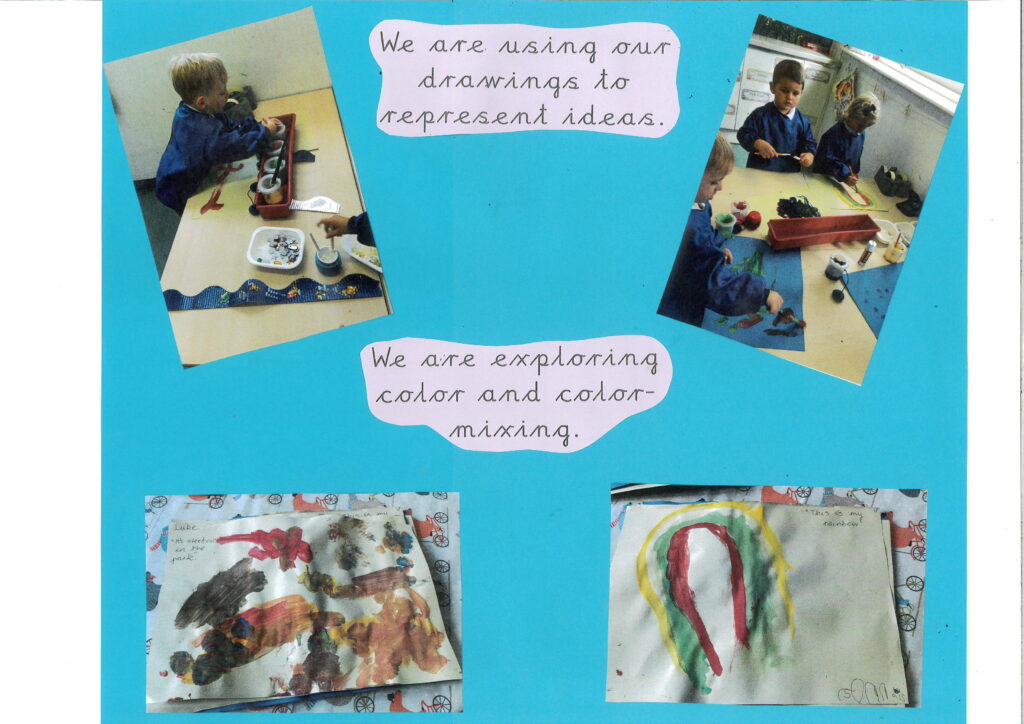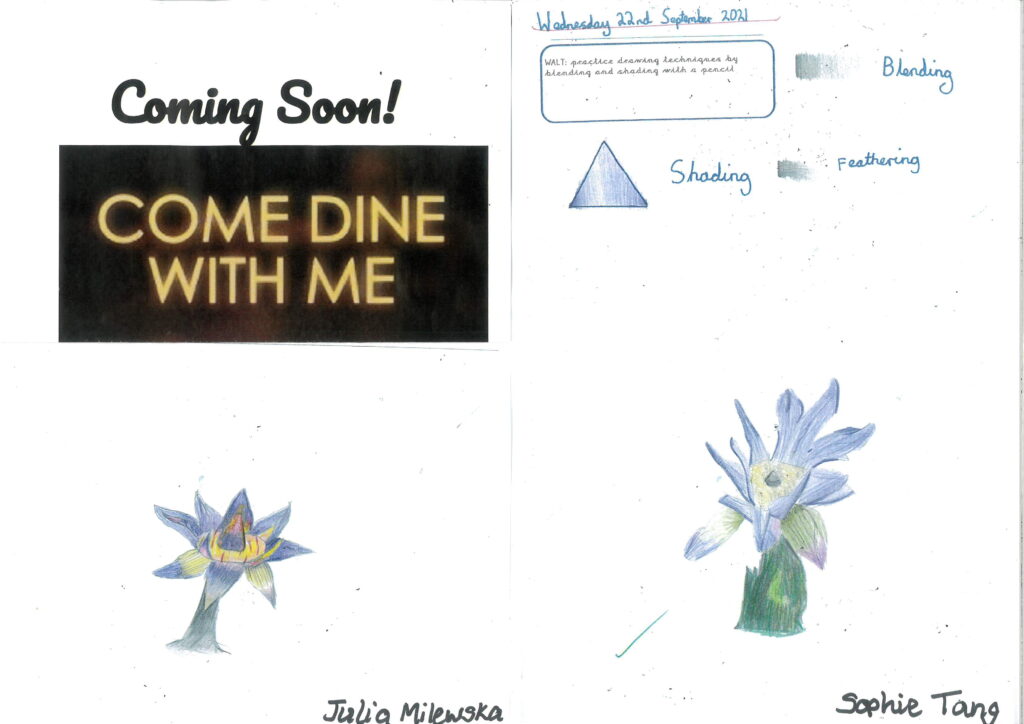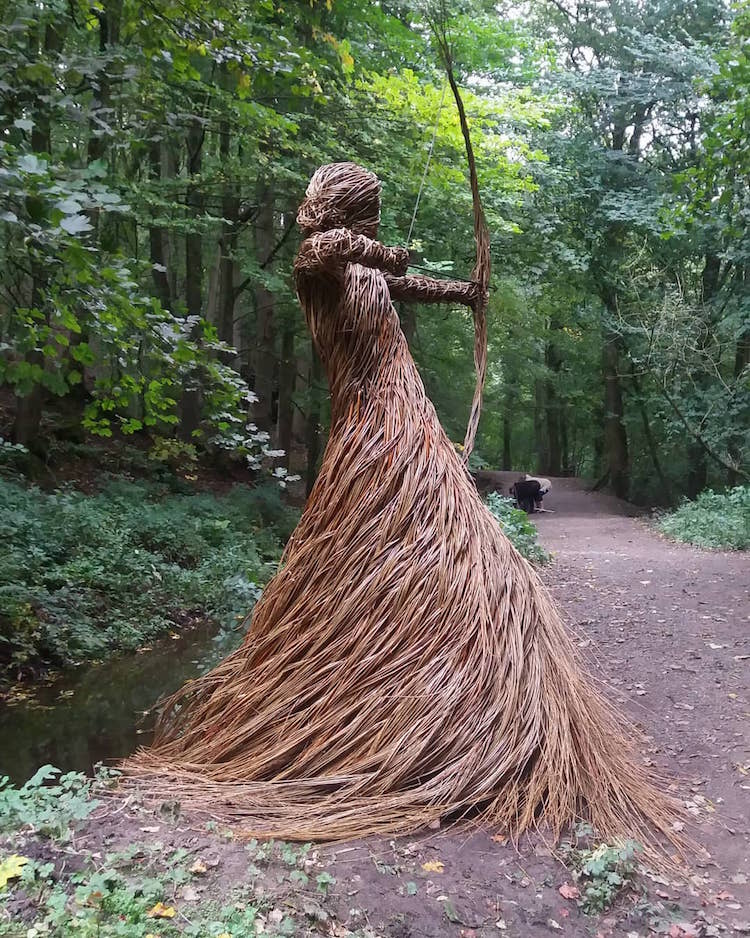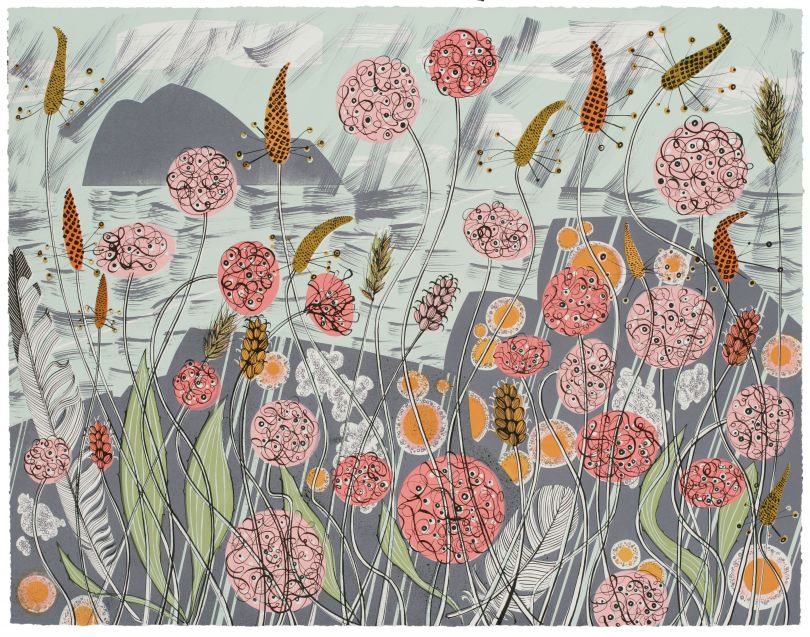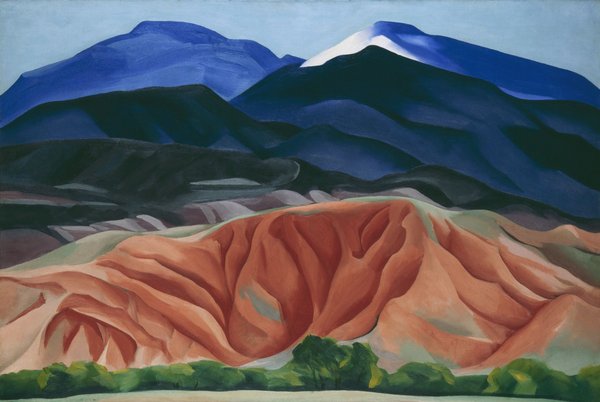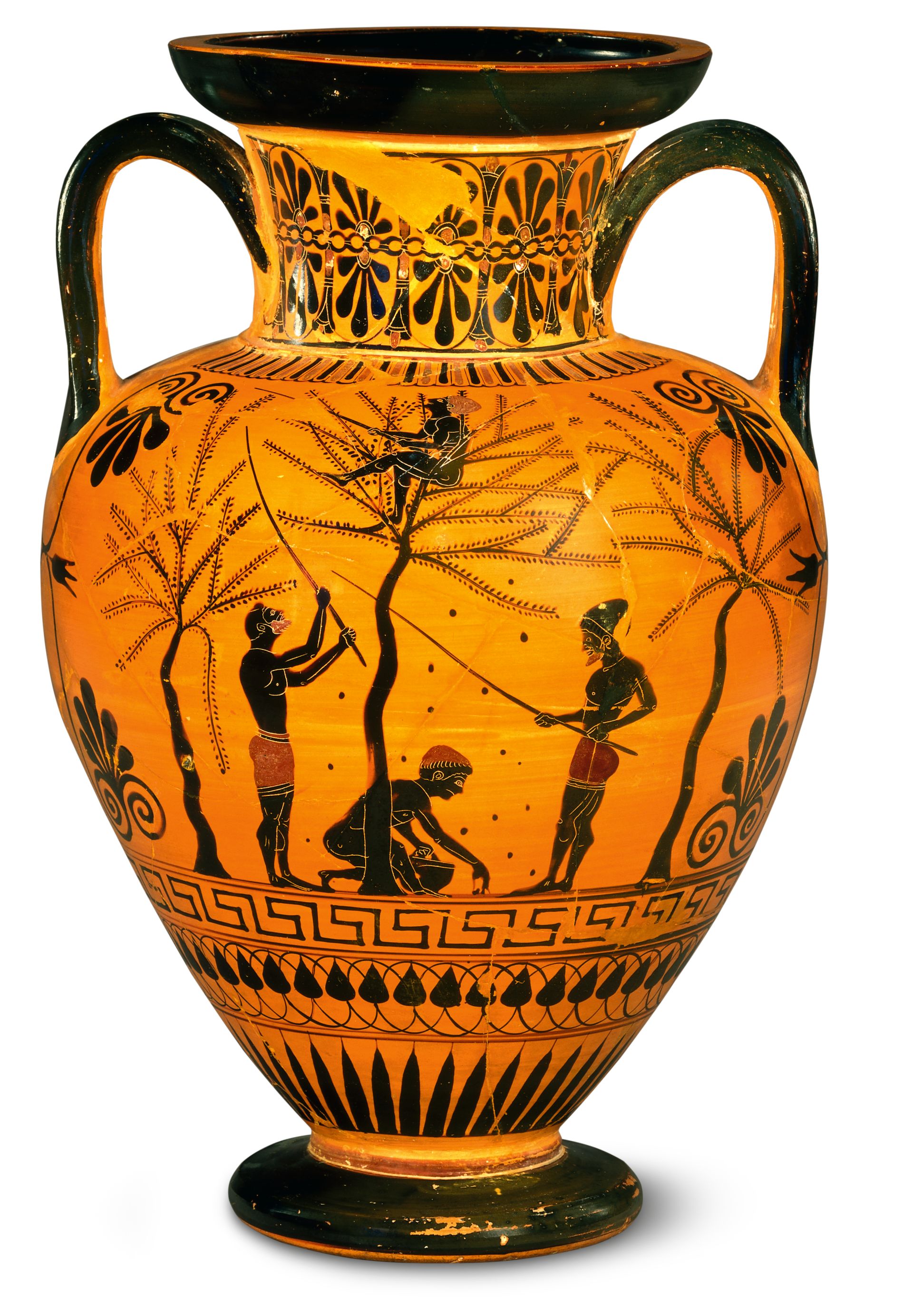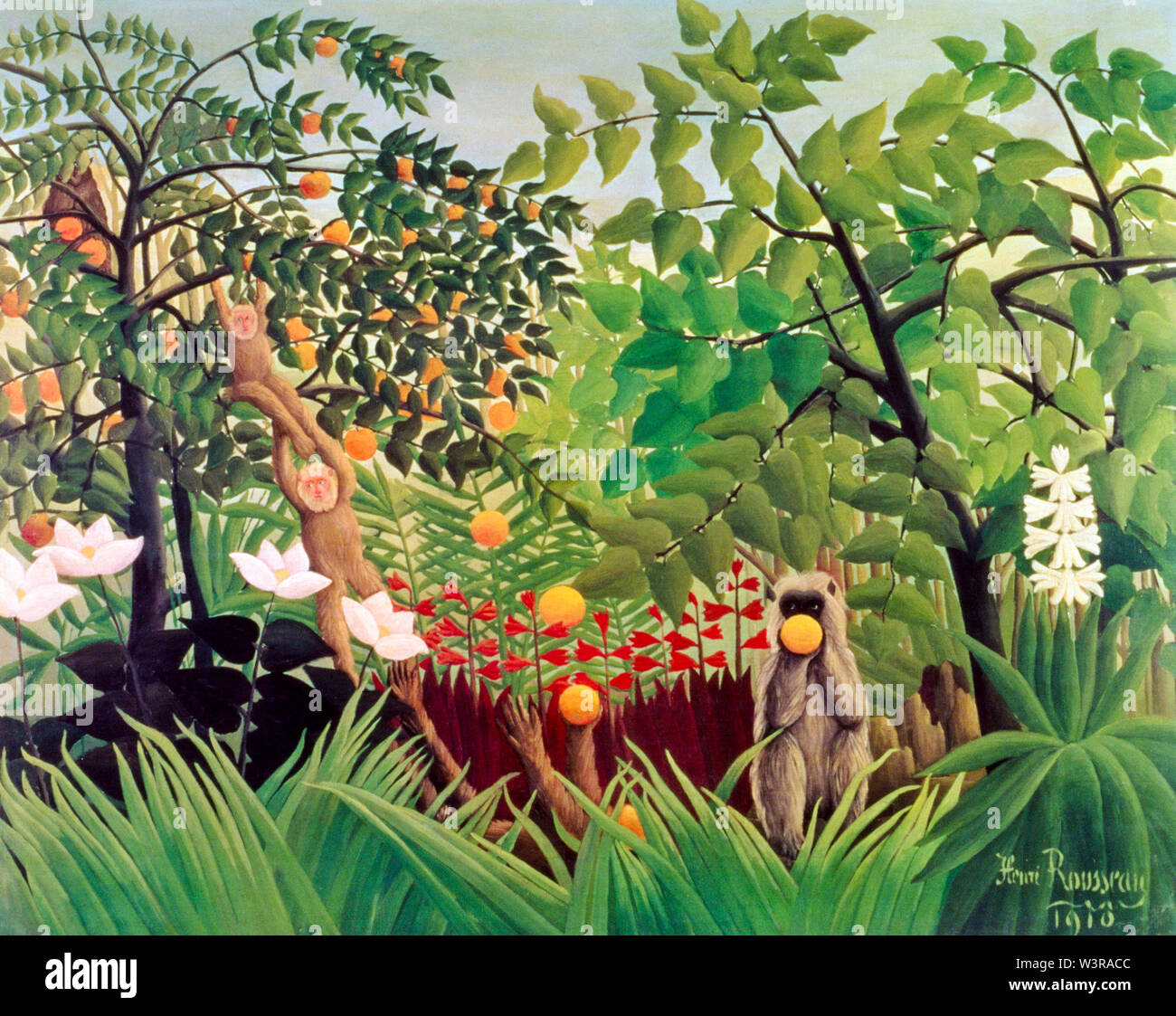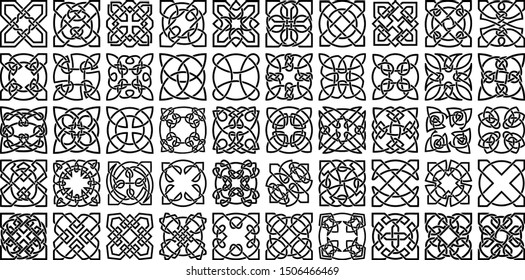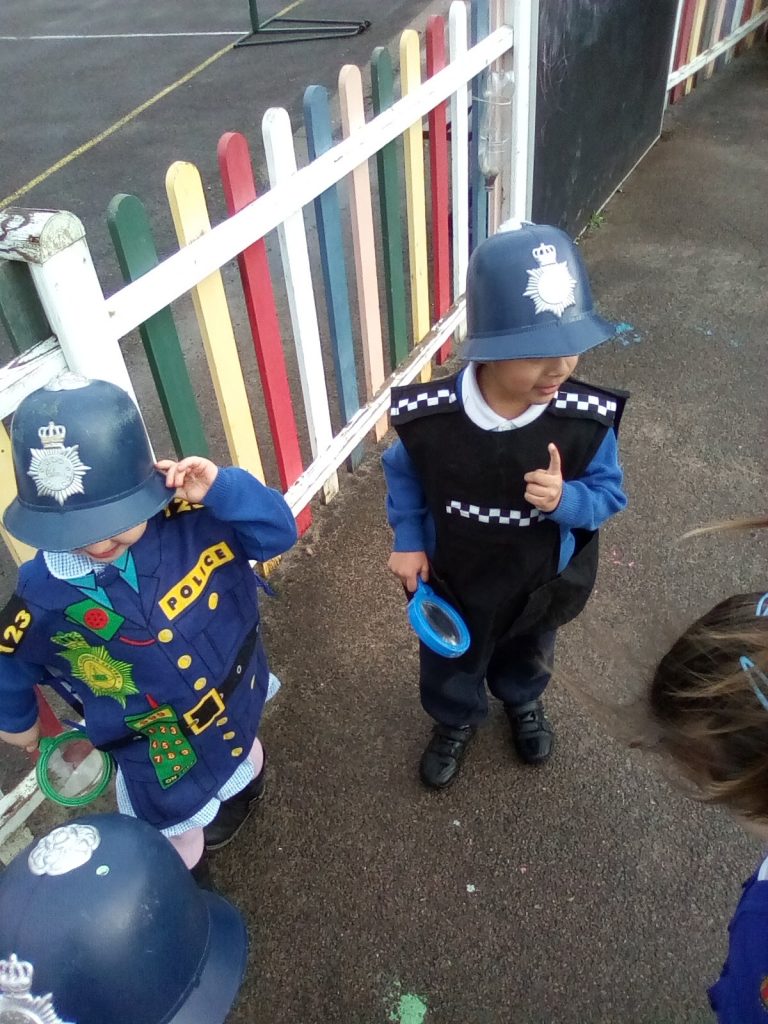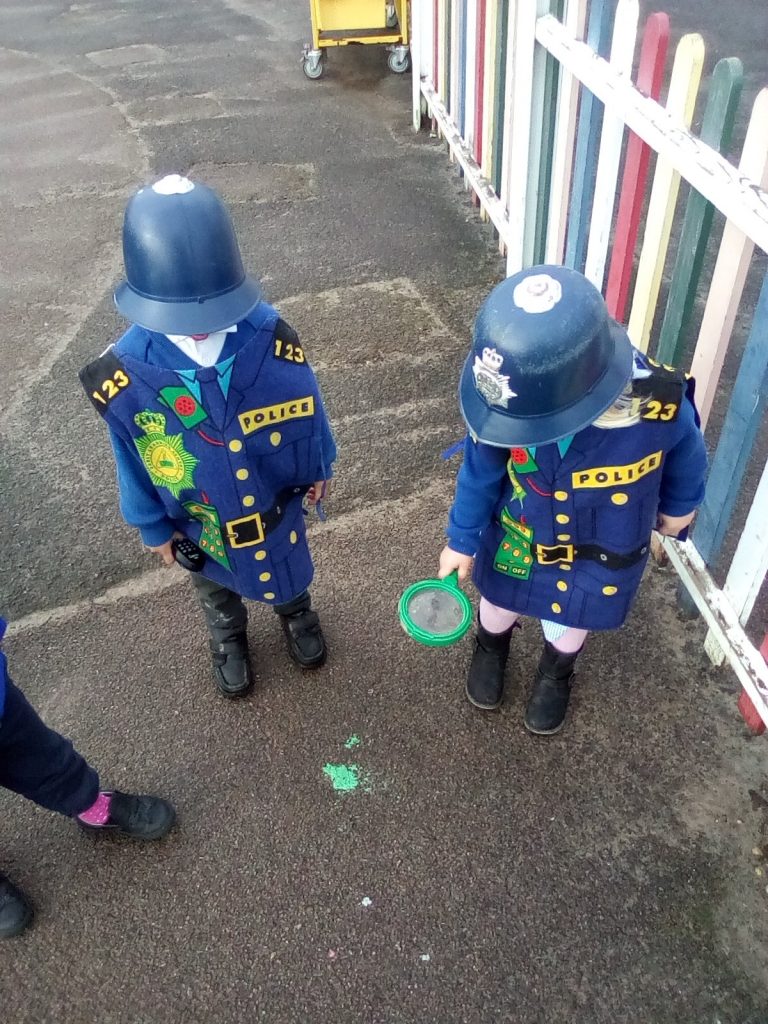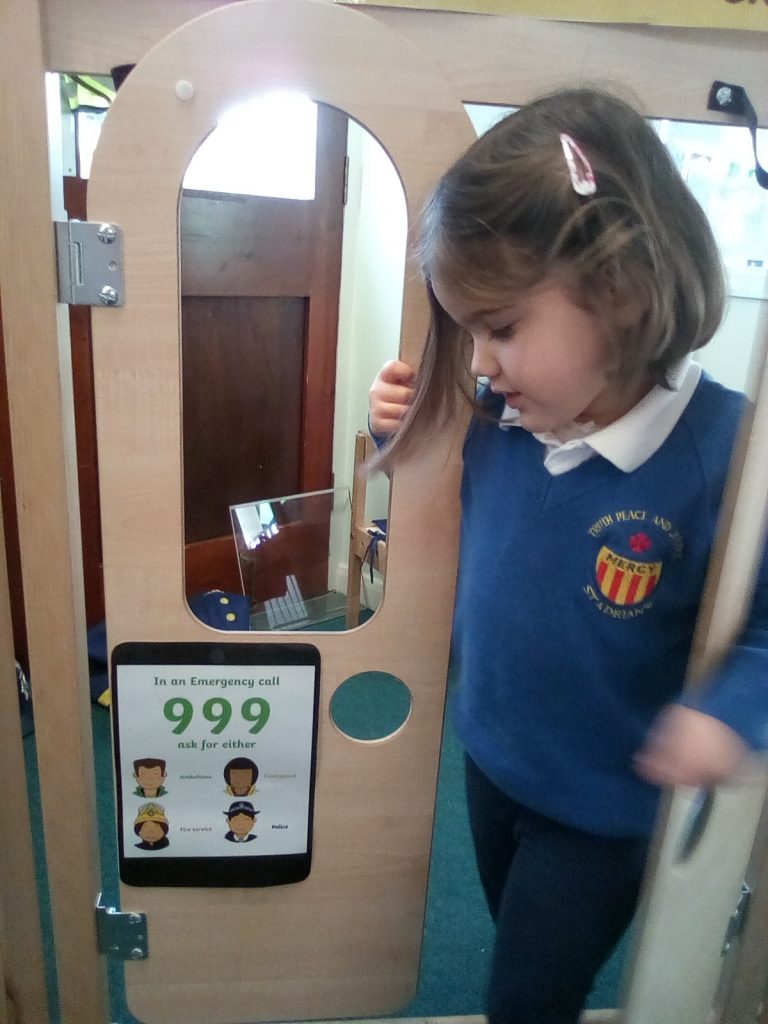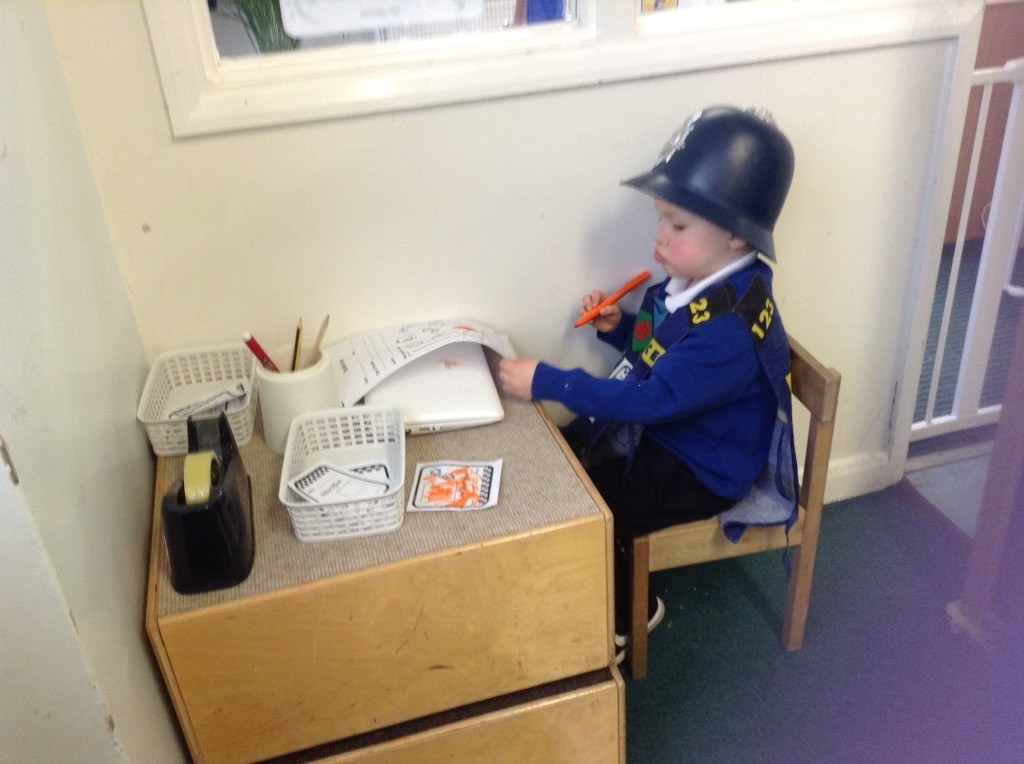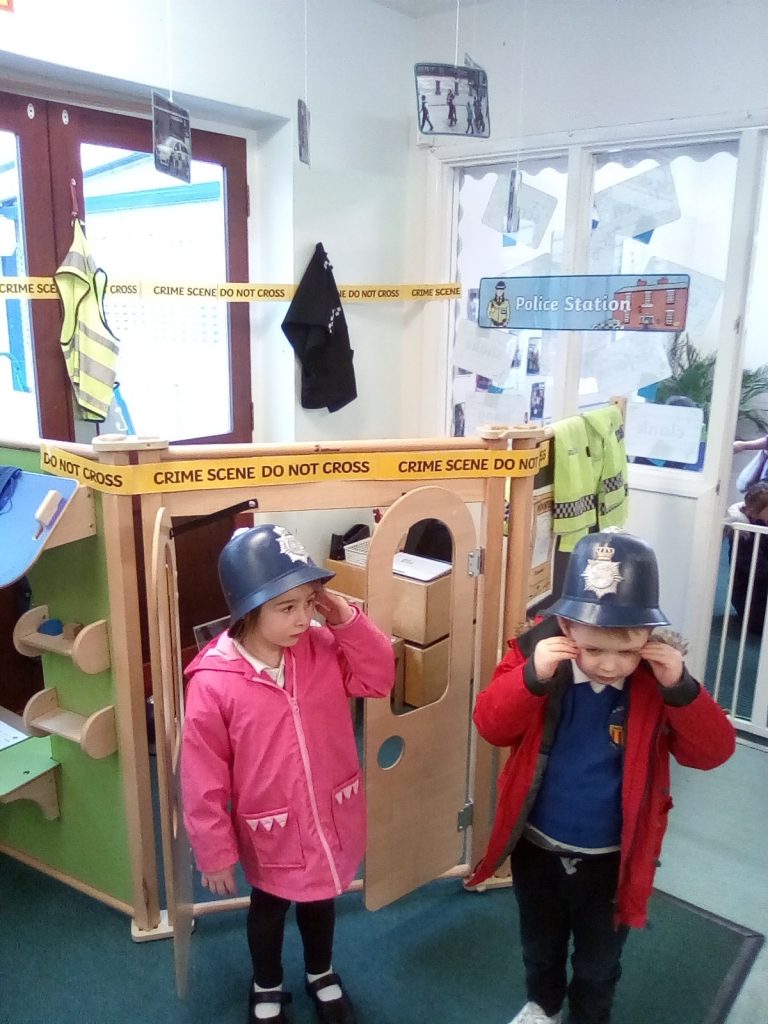Good morning everyone,
I hope you had a wonderful weekend. I thought a nice start to our learning week would be to share a special message to the children and families of St. Adrian’s.
Many thanks to those children who suggested a story. Over the next couple of weeks I will try to include some activities related to your favourite stories. I have picked two for this week – Little Red Riding Hood and Smartie the Penguin. Here is my proposed timetable for this week.

Communication and Language/Literacy
Family Tree
This is an idea which generated a good discussion about different family members and how they connect to each other. It’s a lovely way to teach your child about how everyone in the family is special. The activity also developed into a writing activity whilst making the tree.
Easter Garden
Here is a story box based on the Easter story. Children can use story boxes to retell a story or make up their own stories.
Outside stories
I have had several examples of children retelling stories whilst out on their daily exercise. This picture involved a retelling of Jack climbing the beanstalk.
Letters and Sounds
Scavenger Hunt
This activity involved hiding sound flash cards around a room. If you do not have any flashcards, just write the sounds on pieces of paper. Focus particularly on the sounds in Phase 3 on your sound mat (digraphs 2 letters/1 sound and trigraphs 3 letters/1 sound).
After the sounds were found, the children looked on a list of sounds (you could use your sound mat or Letters and Sounds book) and checked they had all the sounds on the list. The children also found objects relating to the sounds.
Dinner list
After my suggestion to write a bean list last week, I thought this was an excellent idea. Write a list of food for dinner tonight. The more frequently you can encourage your child to do this, the more progress your child will gain.
Remind your child to use their ‘whoosh’ writing and knowledge of sounds learnt so far. For example, if you meal is ‘meat pie’ then I would expect your child to write ‘meet pigh’ because these are the sounds he/she knows. As mentioned before, confidence in being able to independently write is the most important skill.
Perhaps your child could be in charge of informing the rest of the family what the meal is for tonight by writing the list and pinning it up in the kitchen somewhere.
Maths
Bean chart (sweet chart)
Here is a super example of creating a chart suggested last week – a sweet chart. Making charts provide a great opportunity to make comparisons eg. how many more? how many less?
Beanstalk
This idea was inspired as an alternative to growing a real beanstalk. Over the course of last week, the beanstalk grew its leaves and got taller and taller. I thought it would make a great family height chart.
3D Shapes
This is a brilliant activity to explore 3D shapes. Perhaps you could gather some objects from around the house to compare and talk about how many corners and faces.
Knowledge and Understanding of the World
Bubble Snakes
This is a fun science experiment. I have posted on the Activity section of Tapestry a ‘how to do’ video.
Hunting for fossils
This activity involved digging bones out of plaster and remaking a model of a dinosaur.
Learning about plants
Here is a brilliant drawing (and writing) to detail the main features of a plant.
Thank you for all your ideas. Have a great day.
Nicola Palmer
